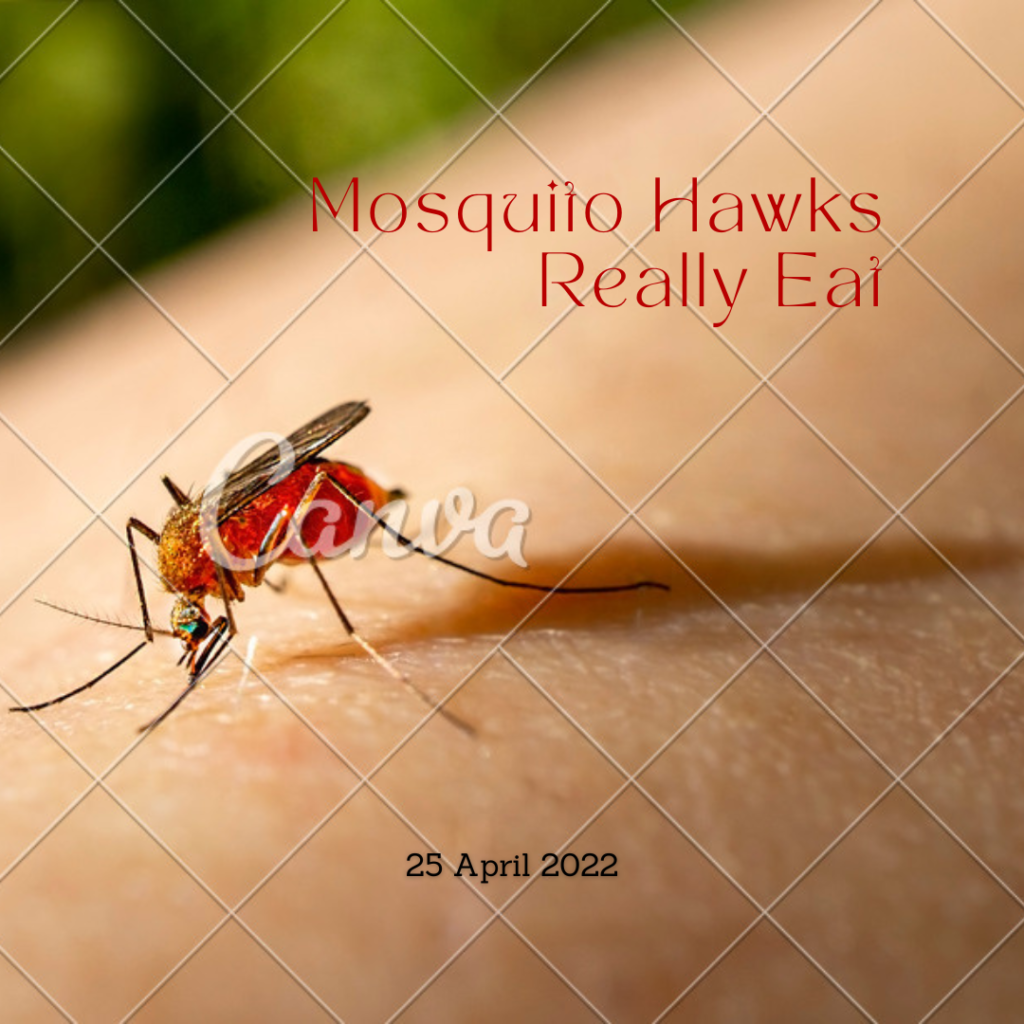Contrary to popular belief, mosquito hawks, also known as crane flies, do not eat mosquitoes. Despite their name, these insects are not predators of mosquitoes at all.
In fact, adult crane flies have very weak mouths and cannot feed on anything, including mosquitoes. Their primary purpose is reproduction, not hunting.
Crane Fly Diet
Adult crane flies typically do not eat anything throughout their short lives. Their primary focus is to mate and lay eggs. However, their larvae, which are found in moist soil or decaying organic material, feed on plants, roots, and decaying matter.

These larvae are often seen in gardens or grassy areas and may cause minor damage to plants, but they are not a threat to Mosquito Hawks.
The Misleading Name
The term mosquito hawk likely comes from their appearance—large, long-legged insects that resemble a hawk chasing prey. However, this is where the confusion begins. Crane flies may look like they are hunting, but they do not hunt or consume Mosquito Hawks.
Read more: The Misleading Name
Their name is simply a misnomer that has stuck over time, leading many to believe they play a role in controlling Mosquito Hawks populations.
Although crane flies (mosquito hawks) are often mistaken for Mosquito Hawks predators, they actually do not feed on mosquitoes. Their diet consists primarily of decaying matter during their larval stage, and adults do not feed at all.
So, the next time you spot one of these insects, remember—they’re not helping with your Mosquito Hawks problem!
Protecting Songbirds from Hawks: How to Safeguard Your Feeders
When hawks appear in your yard, it can be concerning, especially for small songbirds that rely on bird feeders. While hawks are a natural part of the ecosystem, there are steps you can take to help keep your garden birds safe.
Strategic Placement of Feeders
To minimize the risk of hawk attacks, place your bird feeders near natural cover, such as shrubs or trees. These areas provide songbirds with a quick escape route when a hawk is nearby.
Ensure that the cover is not too close to the feeders, as it could also allow domestic animals or other predators to ambush the birds.
Using Protective Cages
To provide additional safety, consider using wire cages around your feeders. These cages allow small birds to feed while preventing larger birds, like hawks, from reaching them. This extra layer of protection can make a big difference in keeping your songbirds safe.
Temporarily Removing Feeders
If a hawk becomes a persistent visitor to your feeders, it might be necessary to remove them temporarily. This strategy can disrupt the hawk’s hunting pattern and encourage it to seek food elsewhere. Once the hawk moves on, your songbirds will return to their usual feeding spots.
By placing feeders strategically, using protective cages, and temporarily removing feeders when needed, you can help create a safer environment for your garden birds, ensuring they can continue to enjoy your backyard without the constant threat of predators.
How Birds Respond to Hawks: Group Dynamics and Threat Perception
Birds exhibit a variety of responses when faced with hawks, and these reactions often depend on the bird’s species, its environment, and whether it is in a group or alone.
For example, songbirds in large flocks may display more confidence and less fear when a hawk is nearby.

The Role of Flock Behavior
In a flock, birds often feel safer and more protected. The group dynamic allows them to be more vigilant and coordinate their movements if a threat, such as a hawk, is present. While a single bird might quickly seek cover when it senses danger, a flock can keep an eye on the predator and take action as needed.
This collective behavior helps them stay alert and respond more effectively to threats.
Hawk Species and Bird Reactions
Different types of hawks provoke different reactions in birds. Smaller birds are more cautious and tend to be more fearful of fast, agile predators like the Cooper’s hawk or peregrine falcon, both of which are skilled at hunting birds.
Also reed: Meaning-and-symbolism-of-the-hancock-birdHowever, they may feel less threatened by larger hawks, such as the red-tailed hawk, which lacks the speed to capture most small birds. Red-tailed hawks tend to target smaller mammals and reptiles rather than fast-moving birds.
Misconceptions About Mosquito Hawks
While mosquito hawks (often referring to crane flies) are frequently mistaken for dangerous insects, they do not pose any significant threat. They do not bite or sting, and they are not poisonous.
The main nuisance they cause is their presence, especially in the summer months. They are large and often fly around homes, which can be unsettling to some people.
Although mosquito hawks are harmless to humans, they can be a minor pest in gardens and lawns, especially as some species feed on crops and grasses. Simple pest control measures, such as eliminating standing water or using natural repellents, can help prevent these insects from becoming a problem.
Conclusion
While the mosquito hawks remains a natural predator, songbirds are capable of defending themselves through coordinated group behavior. Understanding the difference between hawk species and mosquito hawks helps clarify their roles in the ecosystem.
Despite the occasional nuisance of mosquito hawks, they pose no significant danger to humans or wildlife, and their presence can be managed with minimal effort.

